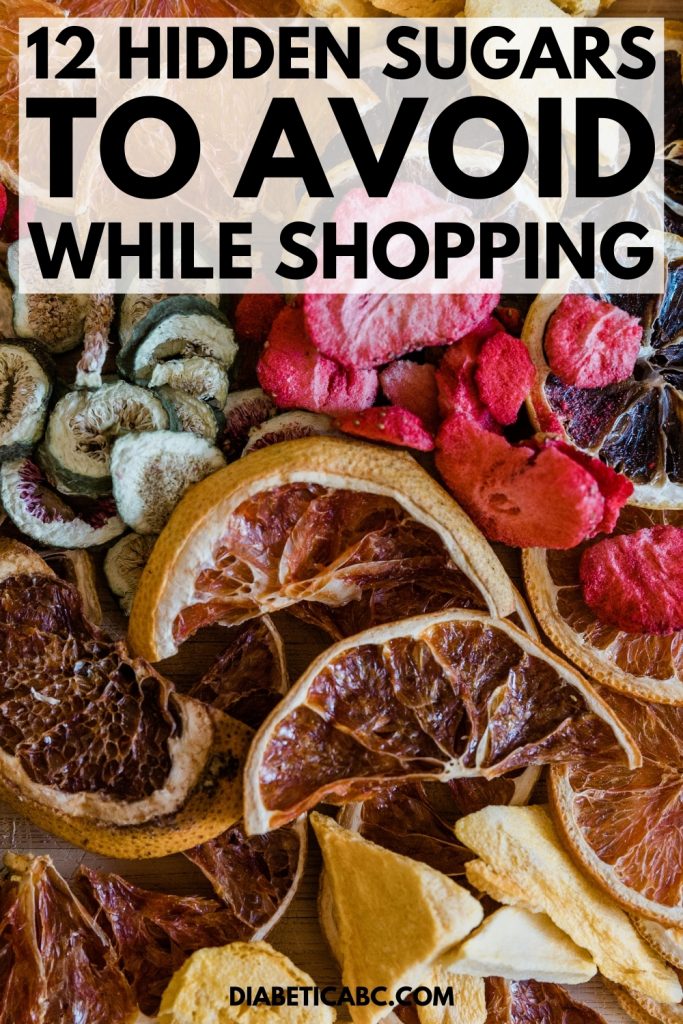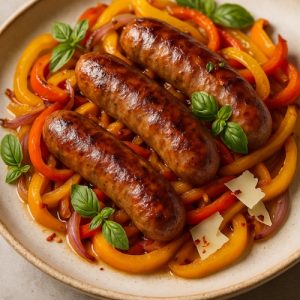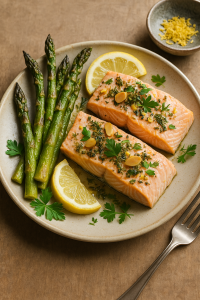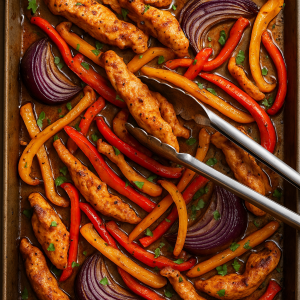Navigating the grocery store can feel like tiptoeing through a minefield when you’re trying to manage your blood sugar. You’re doing your best to make healthy choices, but sugar seems to be lurking around every corner, even in seemingly innocent foods! It’s frustrating, right? I’ve been there, squinting at labels, trying to decipher the ingredients list, only to be surprised by the amount of sugar hiding in everyday items.
It’s like food manufacturers are playing a game of hide-and-seek with sugar, and honestly, I’m not a fan! But fear not, my friends. We can outsmart those sneaky sugars. The key is to become a savvy label reader and learn to identify those hidden sugar bombs that can sabotage your efforts.
The Sneaky Sugar Game
Here’s the thing: sugar isn’t just found in the obvious culprits like candy and soda. It’s often disguised under different names in packaged foods, making it easy to miss if you don’t know what to look for. Think of it like this: sugar has a whole wardrobe of aliases, from “organic cane juice” to “brown rice syrup.”
Learning to spot these hidden sugars is crucial for managing your blood sugar and making informed choices at the grocery store. It is empowering!
12 Hidden Sugar Bombs to Watch Out For
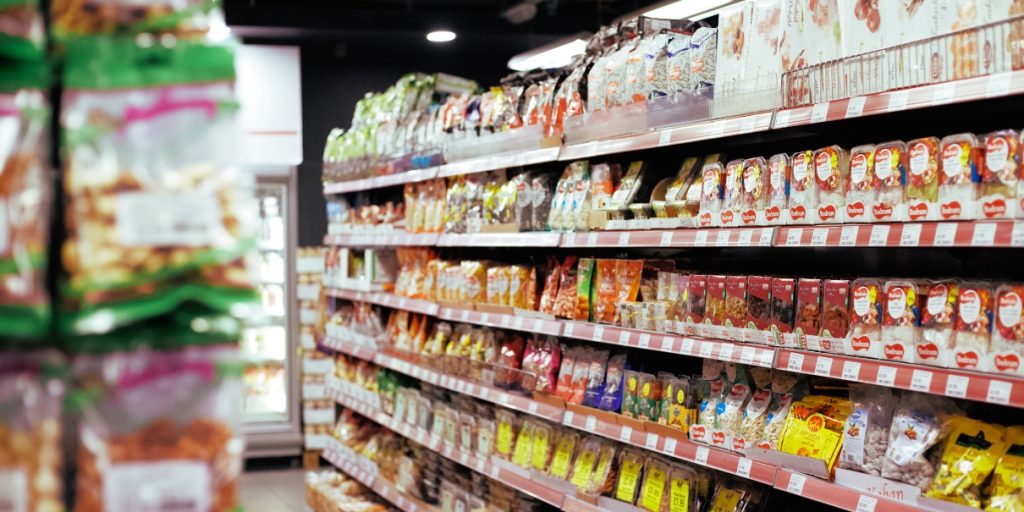
Let’s arm ourselves with knowledge and expose these sugary culprits. Here are 12 common grocery store items that might be hiding more sugar than you think:
- Flavored Yogurt: While yogurt can be a healthy choice, those fruit-on-the-bottom or flavored varieties can be loaded with added sugar. Opt for plain yogurt and add your own fresh fruit for sweetness and flavor.
- Granola Bars: These often seem like a healthy snack, but many brands are packed with sugar, often in the form of high fructose corn syrup, honey, or brown rice syrup. Check the label carefully and choose bars with minimal added sugar.
- Salad Dressings: That creamy ranch or sweet vinaigrette might be adding a hefty dose of sugar to your otherwise healthy salad. Look for dressings with low sugar content or make your own with olive oil and vinegar or lemon juice.
- Pasta Sauce: Many store-bought pasta sauces are surprisingly high in sugar. It’s often used to balance the acidity of the tomatoes. Read the labels and choose a low-sugar option or, better yet, whip up a quick homemade sauce.
- Canned Fruit: Fruit is naturally sweet, but canned fruit is often packed in heavy syrup, which is basically just sugar water. Opt for fresh or frozen fruit, or choose canned fruit packed in its own juice (with no added sugar).
- Breakfast Cereal: Even seemingly “healthy” cereals can be loaded with sugar. Look for cereals with less than 6 grams of sugar per serving and whole grains as the first ingredient.
- Instant Oatmeal: Those convenient packets of flavored oatmeal might be a breakfast time-saver, but they’re often packed with sugar. Choose plain rolled oats and add your own toppings, like nuts, seeds, and berries.
- Dried Fruit: While dried fruit can be a source of fiber, the drying process concentrates the natural sugars, making it easy to overdo it. Stick to small portions and choose unsweetened varieties if possible.
- Condiments: Ketchup, barbecue sauce, and other condiments can be surprisingly high in sugar. Use them sparingly or look for low-sugar alternatives.
- Juice: Even 100% fruit juice is a concentrated source of sugar and lacks the fiber found in whole fruit. It’s best to limit juice intake and choose whole fruit instead.
- Sports Drinks: These are often marketed as essential for hydration during exercise, but they’re usually loaded with sugar. For most people, water is a better choice for hydration. If you have blood sugar control issues, these can cause a huge spike in blood glucose.
- “Fat-Free” or “Low-Fat” Products: Often, when fat is removed from a product, sugar is added to compensate for the loss of flavor and texture. Be sure to check the nutrition label of these products carefully.
Become a Label Detective
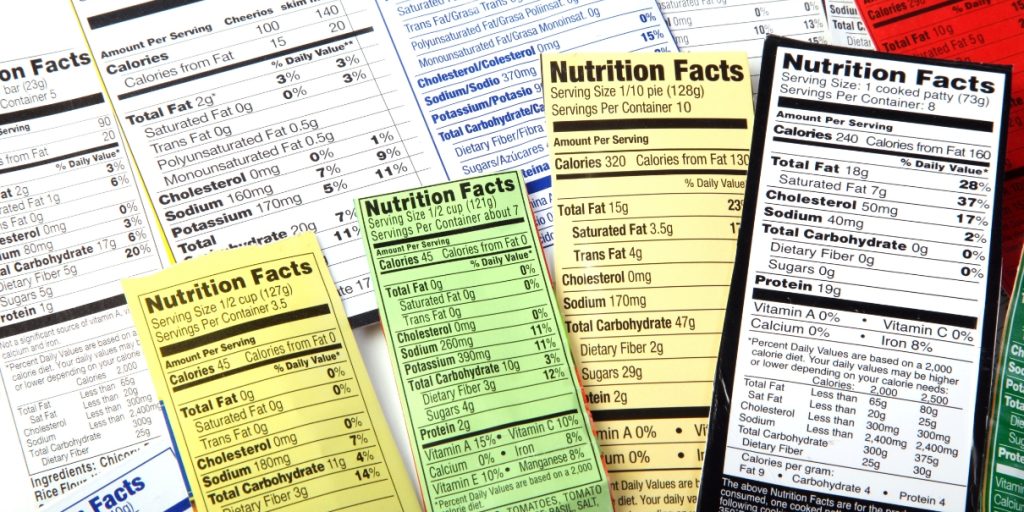
The best way to avoid these hidden sugar bombs is to become a pro at reading food labels. Pay close attention to the “Added Sugars” section on the Nutrition Facts label. Also, familiarize yourself with the different names for sugar, such as:
- Sucrose
- High fructose corn syrup
- Agave nectar
- Cane juice
- Dextrose
- Maltose
- Etc.
Take Control of Your Choices
It might seem overwhelming at first, but with a little practice, you’ll become a master at spotting those sneaky sugars. Remember, knowledge is power. By being informed about what’s in your food, you can make healthier choices and take control of your diabetes management. You’ve got this! Let’s navigate the grocery store with confidence, making choices that nourish our bodies and support our health goals.
